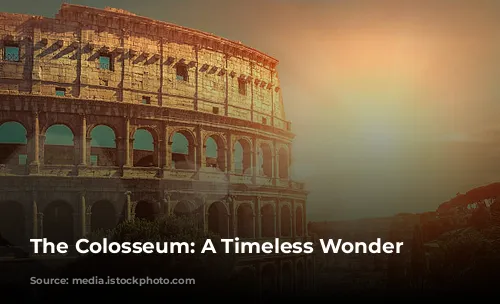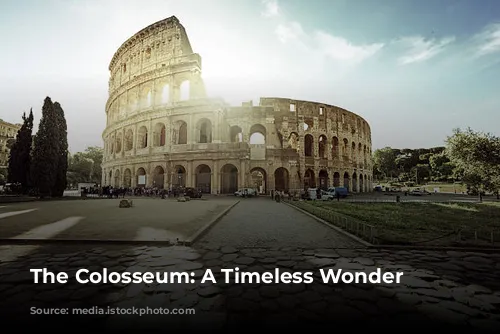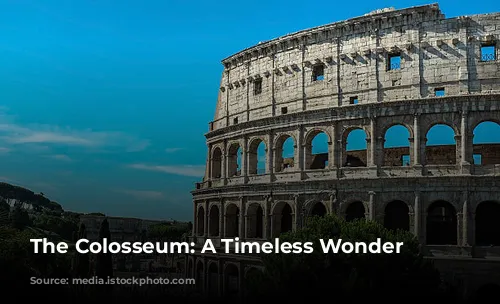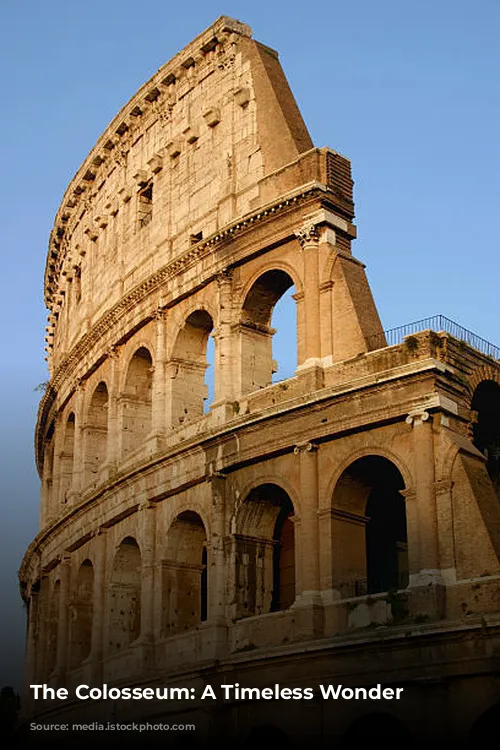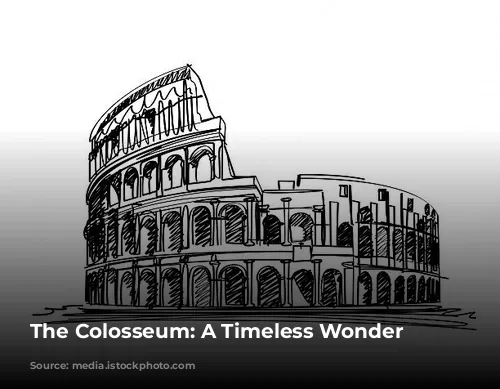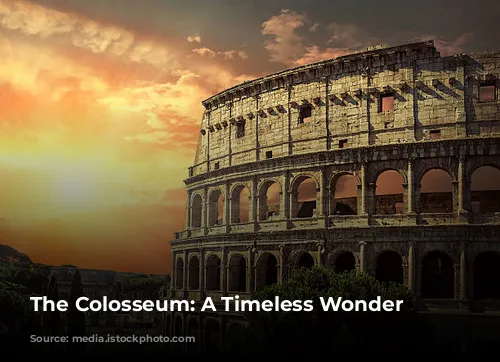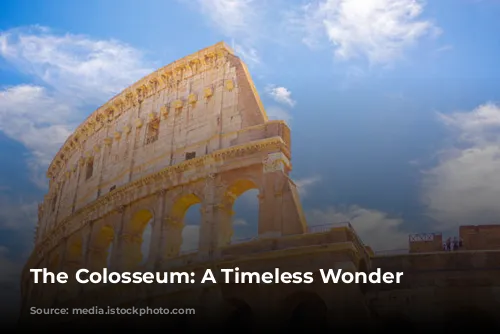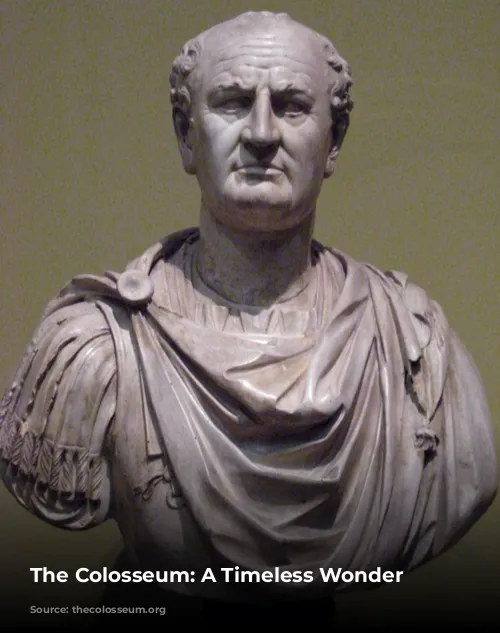The Colosseum, a monument to Roman grandeur, stands as a testament to a rich and complex history spanning nearly two millennia. Its massive stone structure, once a stage for thrilling spectacles and brutal battles, now draws millions of visitors from across the globe. Let’s delve into the fascinating story of this iconic landmark and uncover some of its most intriguing secrets.
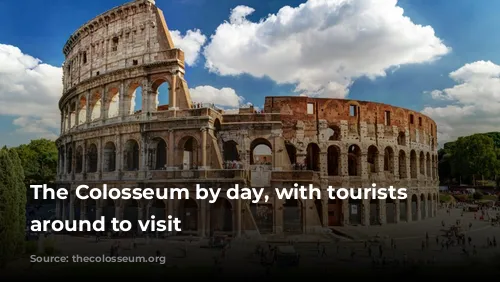
Construction and Legacy
When was this architectural marvel built? Construction of the Colosseum began in 72 AD under the reign of Emperor Vespasian. It was completed eight years later in 80 AD during the reign of his son, Emperor Titus. The project, overseen by skilled Roman engineers and craftsmen, utilized a massive workforce of Jewish slaves. These slaves, captured after the Jewish-Roman war, numbered an estimated 60,000 to 100,000.
The Colosseum’s construction served a dual purpose. It was meant to be a grand spectacle for the Roman citizens, replacing the Domus Aurea, Nero’s extravagant palace, which had been demolished following his downfall. It was also a way to appease the Roman people and cement the new emperor’s power.
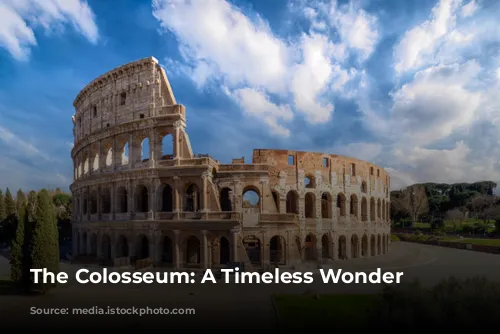
The Colosseum’s Physical Attributes
How big is the Colosseum? This iconic structure boasts an oval shape, measuring 189 meters long, 156 meters wide, and 48.5 meters tall. The entire building covers a staggering 6 acres. The outer walls are adorned with three tiers of columns – Doric, Ionic, and Corinthian – each tier boasting 80 arches.
What material was used to build this magnificent structure? The Colosseum was built using an impressive 100,000 cubic meters of travertine stone, quarried from nearby Tivoli. This stone was held together with thousands of iron clamps.
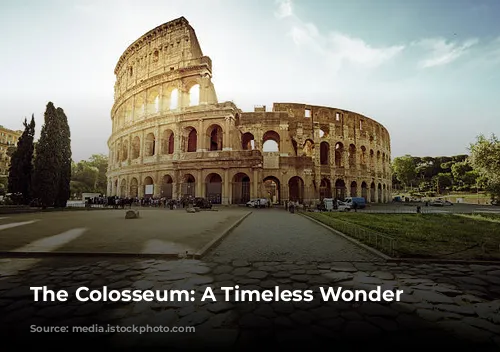
Beneath the Surface: The Colosseum’s Secrets
The Colosseum’s Hypogeum, an elaborate network of tunnels and chambers located beneath the arena, was a bustling hub of activity during the spectacles. This underground network housed gladiators, wild animals, and prisoners before they entered the arena. The Hypogeum also featured 80 vertical shafts, allowing access to the arena.
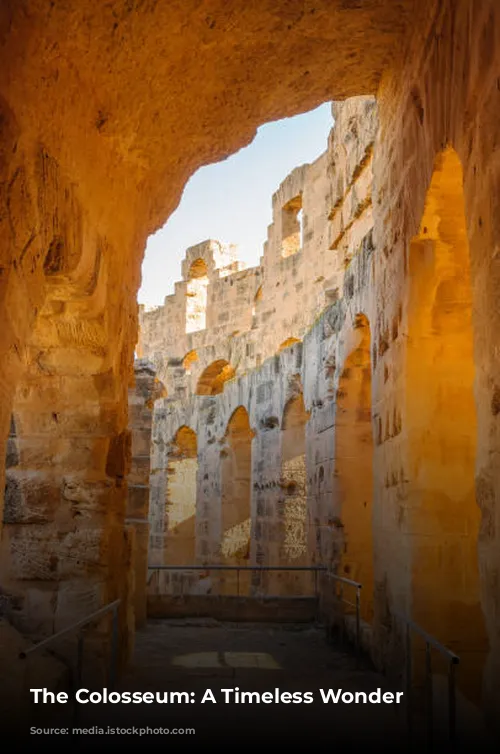
The Spectacles: A Glimpse into Roman Entertainment
What events took place in the Colosseum? The Colosseum hosted a variety of spectacles, including:
- Gladiator battles: These contests were a major draw for spectators. Gladiators, categorized by their fighting styles and experience, were often paired based on their records. The matches, though not always ending in death, were certainly not bloodless.
- Hunts: Wild animals, including lions, tigers, bears, and elephants, were hunted in the arena. These hunts served as a display of skill and courage, but also a brutal form of entertainment.
- Executions: The Colosseum also witnessed the execution of criminals and prisoners of war, often by wild beasts.
- Naumachia: These staged naval battles were held at the very beginning of the Colosseum’s history. The arena was flooded for these dramatic spectacles.
How many people could the Colosseum accommodate? The Colosseum could accommodate a massive audience of 50,000 to 80,000 spectators.
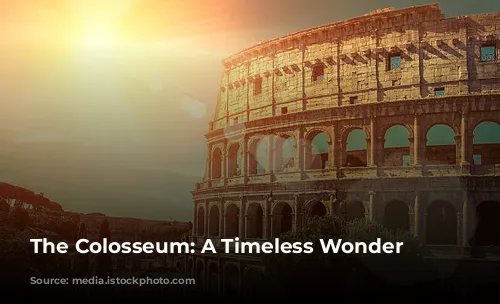
The Colosseum’s Decline and Legacy
Why did the gladiator fights stop? The decline of the Roman Empire and the rising cost of maintaining the Colosseum eventually led to the cessation of gladiator fights. The Empire’s conversion to Christianity is often cited as a reason for the end of gladiatorial combat, but the real culprit was the dwindling resources.
The Colosseum has suffered numerous catastrophes throughout its history. Fires and earthquakes have damaged the structure, but it has been repaired and rebuilt many times over the centuries. It has even been used for various purposes, including as a cemetery, a place of worship, and a fortified castle.
Today, the Colosseum stands as a symbol of Rome’s enduring legacy. It is one of the most visited landmarks in the world, attracting over 7 million visitors annually. It serves as a powerful reminder of a bygone era, showcasing the grandeur of Roman architecture and the complexity of its culture.

